Sustainability has blossomed at the University of Kentucky over the last decade and is now manifest in a broad set of initiatives, programs and guiding documents. A team of students, staff and faculty assisted the UK Office of Sustainability in the creation of this plan to guide the University’s efforts relative to sustainability in campus operations for the next five years. Tactic teams, working with input from the campus community, selected seven operational areas of focus and developed strategies, tactics, and action items for each.
Sustainability Strategic Plan
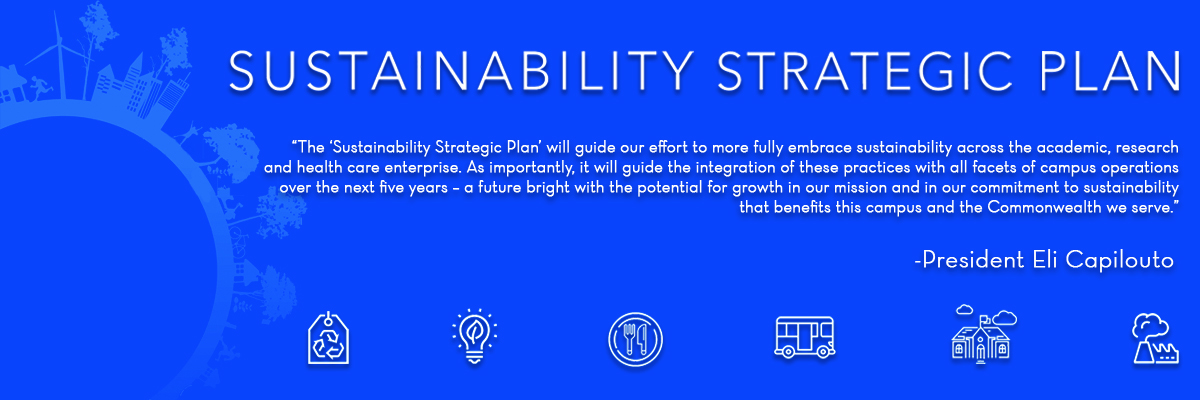
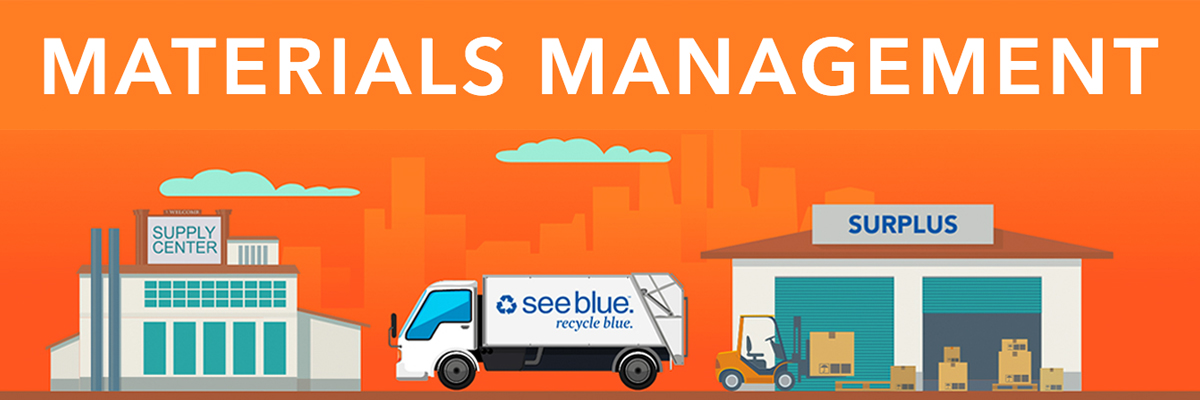
Mission:
Gain a deeper understanding of the life of materials at UK; engage in education, waste reduction, landfill diversion; and seek to improve the sustainability of material purchased across all areas of the University.

What we're doing: Recycling Champions
UK Recycling is partnering with Bluegrass Greensource, a local nonprofit specializing in environmental education, to increase student recycling participation in residence halls. With UK’s campus-wide recycling infrastructure growing, continued education is key for recycling participation, especially among residential students. Bluegrass Greensource has implemented recycling education in three residence halls on campus through promotional materials and a peer education program. Students in the residence halls have been recruited as “recycling champions” to promote and educate their peers about recycling. The recycling champions have passed out flyers, given away promotional materials, and are planning recycling-based residence hall programing.
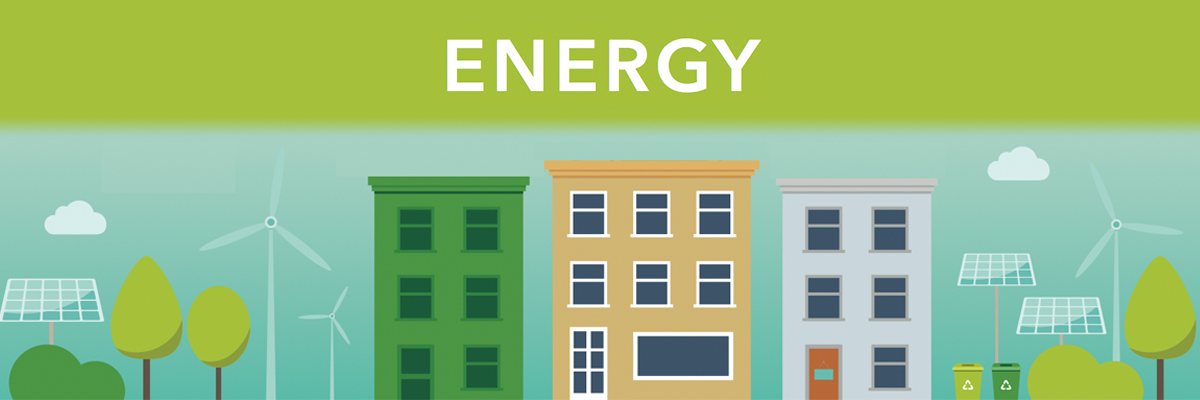
Mission:
Reduce the financial, social and environmental impacts of campus energy consumption through conservation, efficiency and production/delivery system improvements.
How we're going to do it:

What we're doing: Lighting Upgrades
In April of this year, the University replaced the 500-watt light bulbs on the 3rd and 5th floors of W.T. Young Library with LED bulbs. Changing these high-ceiling study area light bulbs is also predicted to save the university approximately $65,000 a year and reduce carbon emissions by 1000 tons annually, equivalent to removing 214 cars from the road for a year. Our building operators will also spend much less time on lifts and ladders changing out the bulbs, reducing both disruptions to students in these areas and safety risks for our employees.

Mission:
Implement innovative strategies for a comprehensive and increasingly sustainable campus food system. Enhance existing practices and develop new initiatives in the areas of procurement, operations and disposal across all dining services.
How we're going to do it:

What we're doing:
First annual progress report coming soon!
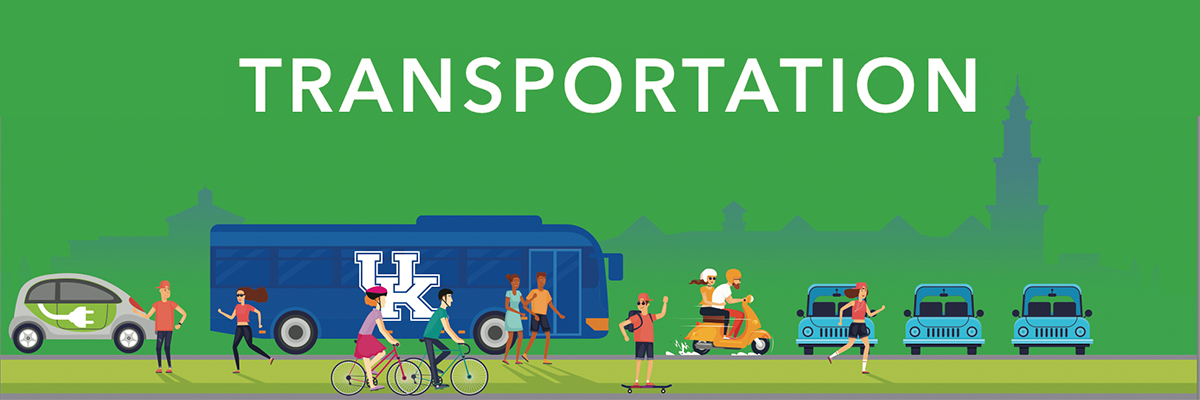
Transportation
Mission:
Promote safety, health and environmental stewardship by providing incentives and programs designed to increase the number of faculty, staff and students using sustainable transportation options.
How we're going to do it:

What we're doing:
First annual progress report coming soon!
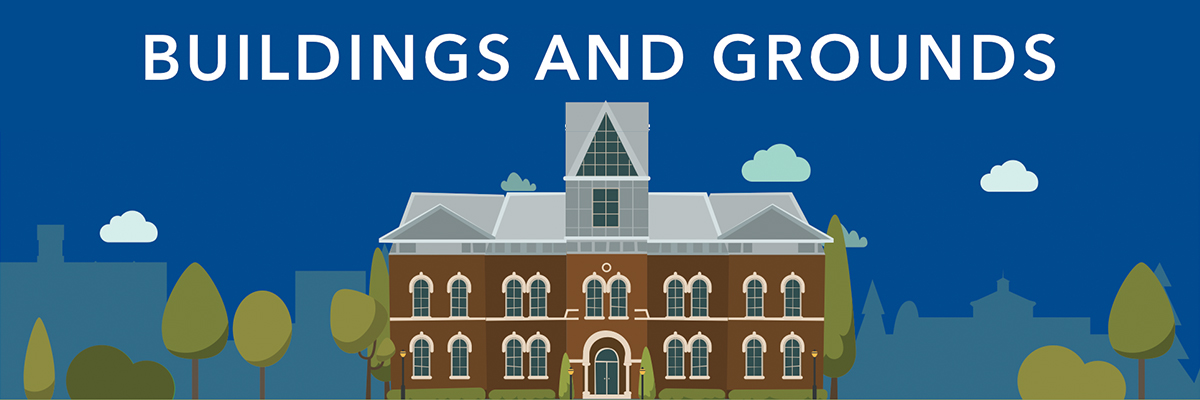
Mission:
Design, construct, operate and maintain spaces that support the mission of the University while promoting environmental stewardship and the well-being of the community.
How we're going to do it:

What we're doing:
First annual progress report coming soon!
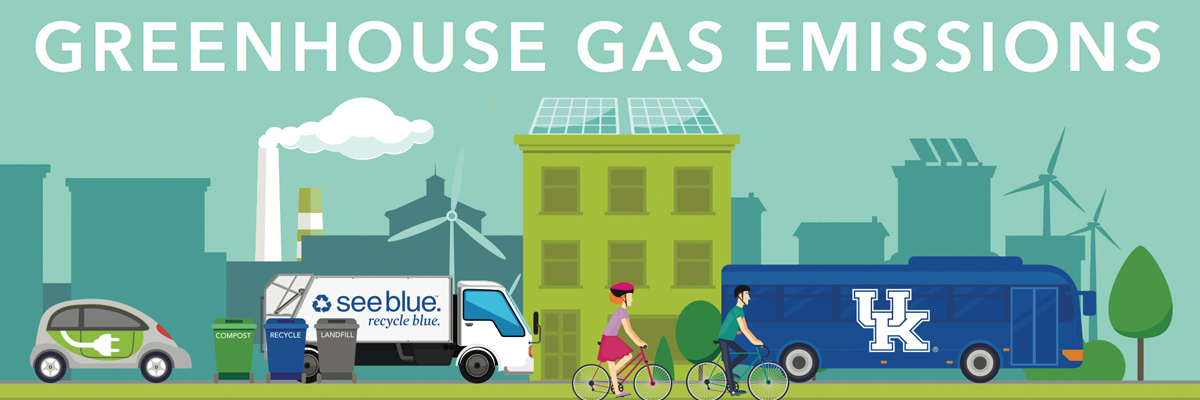
Mission:
Reduce the greenhouse gas emissions of the campus to 25 percent below 2010 levels by 2025.
How we're going to do it:
Read the full Emissions Reduction Plan.

Greenhouse Gas Emissions
What we're doing:
In 2017-2018, UK reduced emissions by more than 20,000 metric tons compared to 2016-2017, a four percent drop. Energy conservation and efficiency improvements to our chilled water production accounted for the majority of these reductions. Lighting upgrades and improvements to steam distribution systems also contributed.
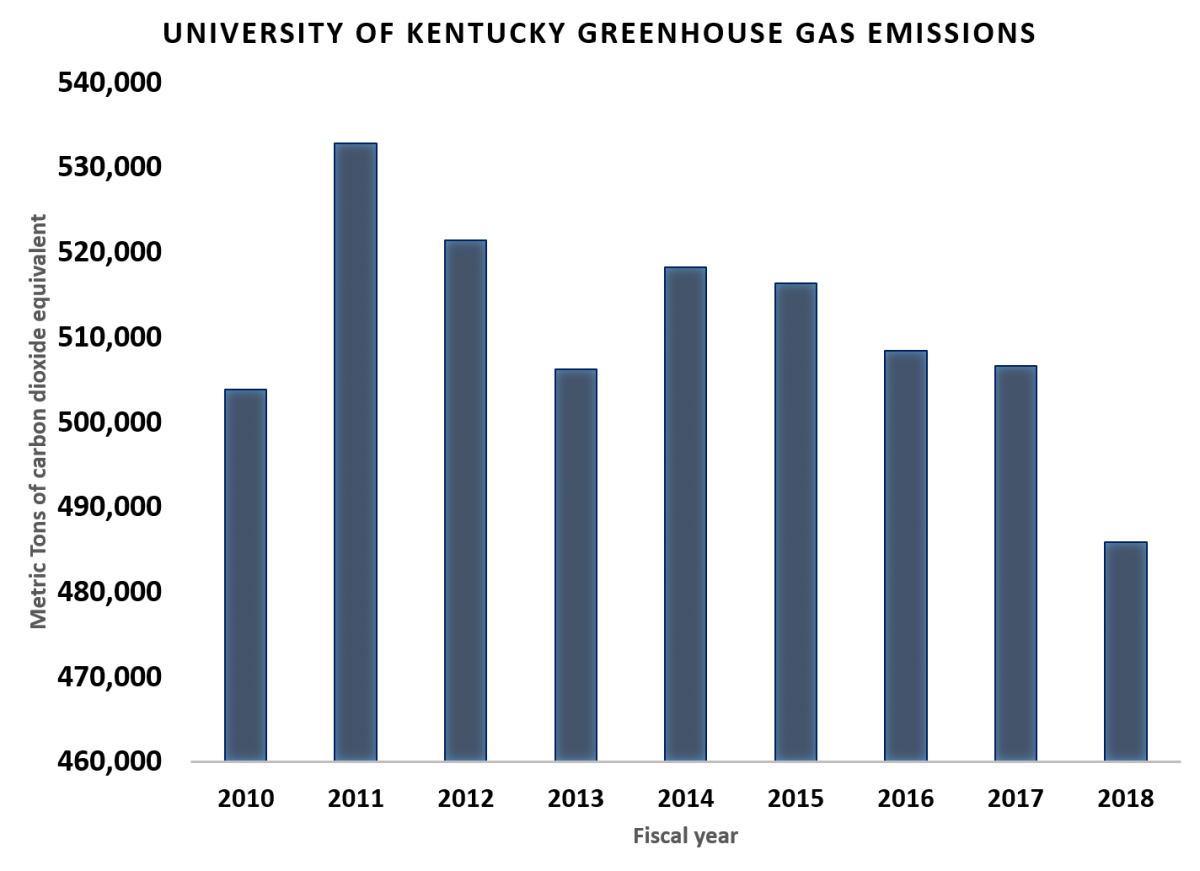
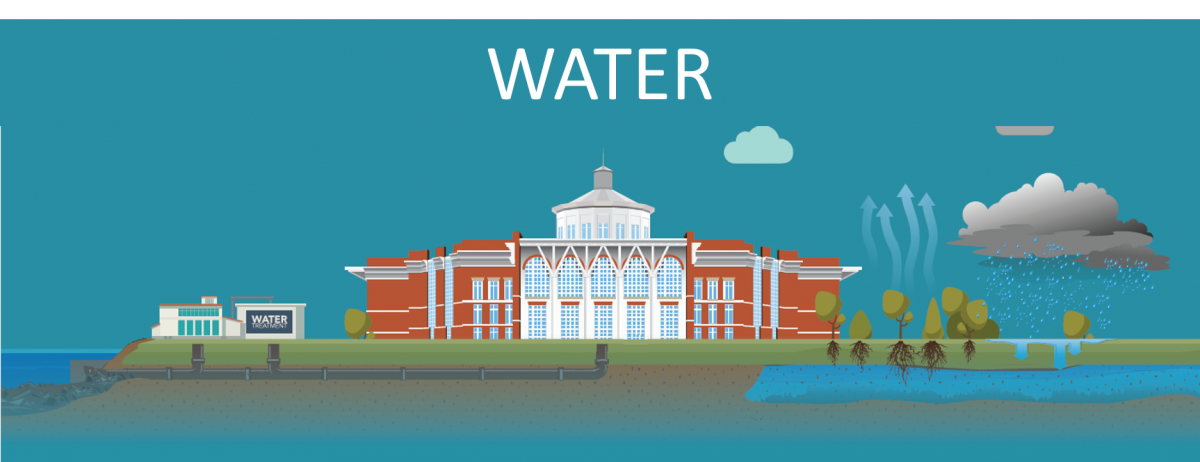
Water
Mission:
Maximize the infiltration and evapotranspiration of stormwater, protect water quality, and conserve water resources.
How we're going to do it:
Water Tactics
What we're doing:
First annual progress report coming soon!
